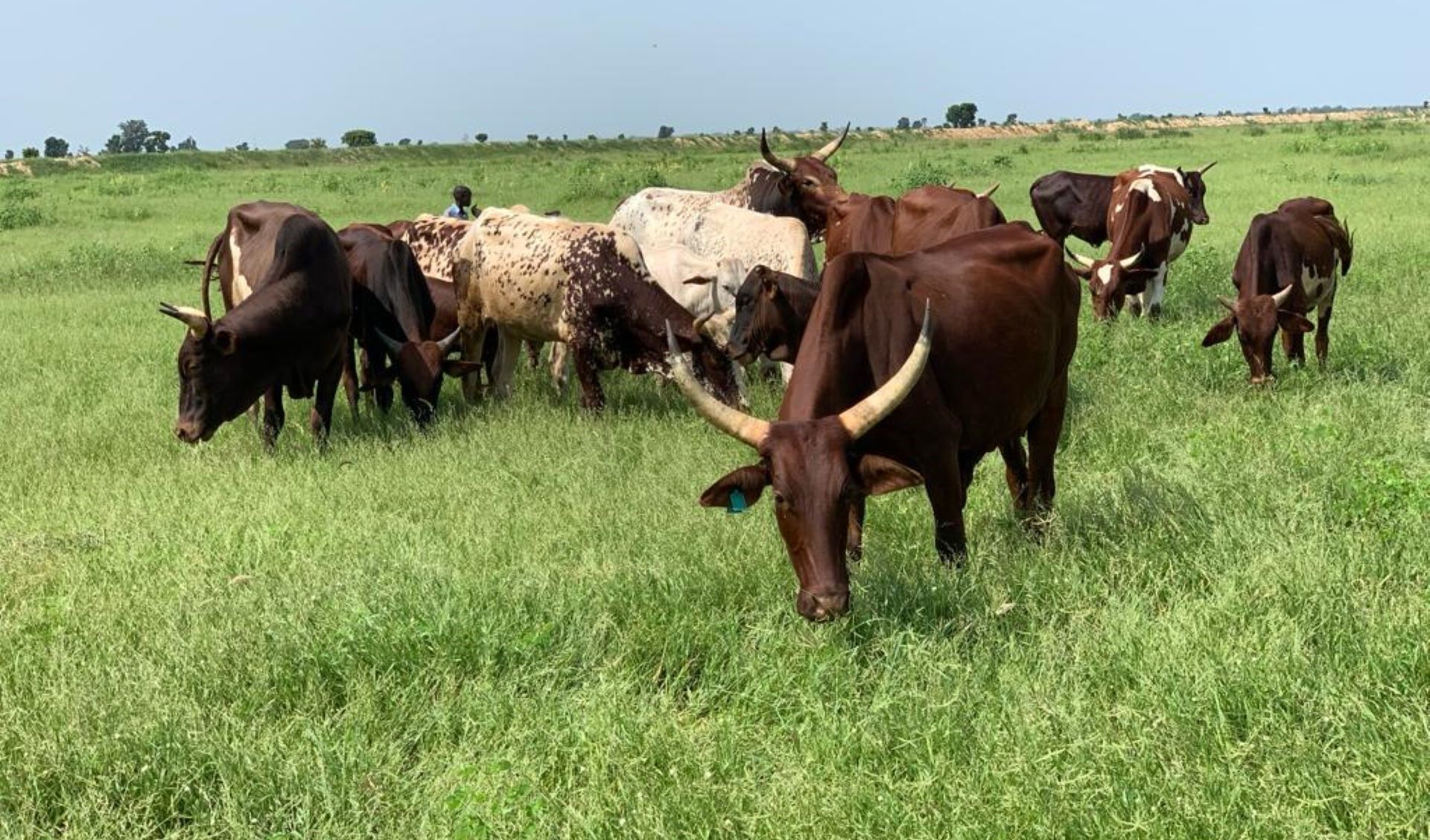Connaissances, attitudes et pratiques des acteurs de l’élevage vis-à-vis de la giardiose à Jere, Etat de Borno, nord-est du Nigeria
DOI :
https://doi.org/10.19182/remvt.37024Mots-clés
Bovin, Giardia, connaissance, attitude, contrôle des maladies, NigériaRésumé
Cette étude a été conçue pour évaluer le niveau de connaissances, les attitudes et les pratiques des acteurs de l’élevage (propriétaires d’animaux du bétail, gardiens de troupeau, vétérinaires) concernant la giardiase dans le gouvernorat de Jere dans l’État de Borno, au nord-est du Nigeria. À l’aide d’un questionnaire, 278 acteurs de six quartiers de Jere ont été interrogés, avec un taux de réponse de 84% (n = 252). La majorité des personnes interrogées étaient âgées de 27 à 38 ans (62,3 %), de sexe masculin (93,7 %) et de confession musulmane (96 %). En ce qui concerne le contrôle et la prévention de la giardiase, 31,3 %, 44,8 % et 31,3 % des acteurs interrogés avaient respectivement de bonnes connaissances, attitudes et pratiques. Les scores moyens globaux de 59,5 %, 64,8 % et 64,1 % pour les connaissances, les attitudes et les pratiques étaient significativement (p < 0,05) inférieurs au seuil de ≥ 75 % fixé pour un bon score KAP sur la giardiase. En outre, il y avait une corrélation modérée, positive et significative (p < 0,05) entre le score des connaissances et les scores des attitudes et des pratiques. Les connaissances et les attitudes des manipulateurs étaient significativement liées (p < 0,05) à leur niveau d’éducation et à leurs années d’expérience, ce qui signifie qu’un niveau d’éducation et des années d’expérience élevés étaient associés à une meilleure sensibilisation à la giardiase. L’étude a conclu qu’il existe un risque potentiel d’infection par Giardia lamblia pour les personnes en contact avec le bétail en raison de leurs niveaux sous-optimaux de connaissances, d'attitudes et de pratiques à l’égard de la giardiase observés dans la zone d’étude. La sensibilisation de l’ensemble des acteurs de l’élevage sur l’impact en matière de santé publique de la giardiase devrait être encouragée.
Téléchargements

Téléchargements
-
Résumé1190
-
pdf 182
Reçu
Accepté
Publié
Comment citer
Licence
© D.Jidda et al., publié par CIRAD 2023

Ce travail est disponible sous la licence Creative Commons Attribution 4.0 International .





